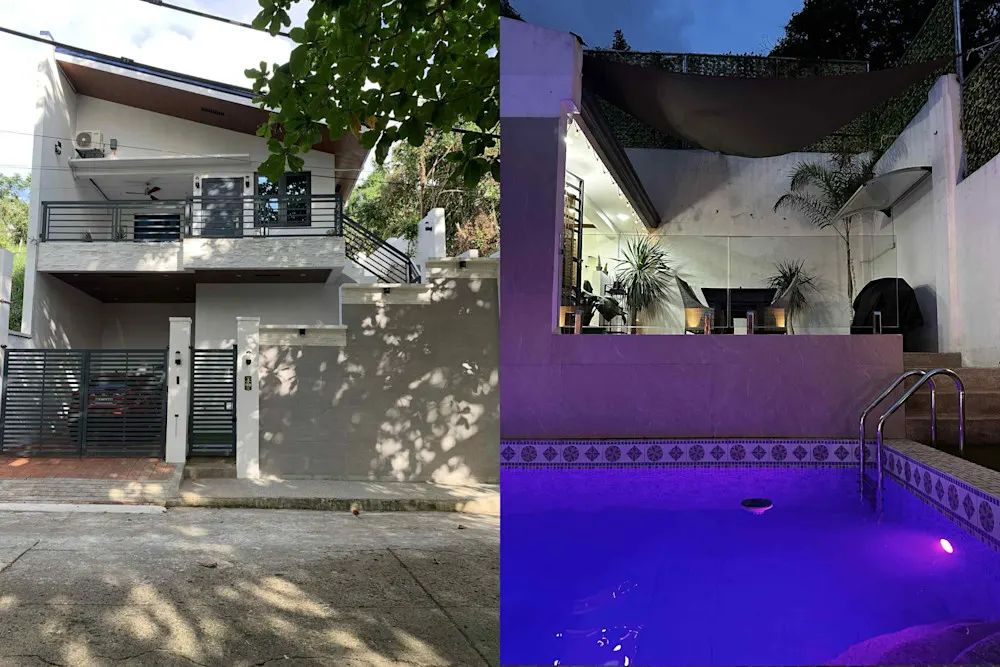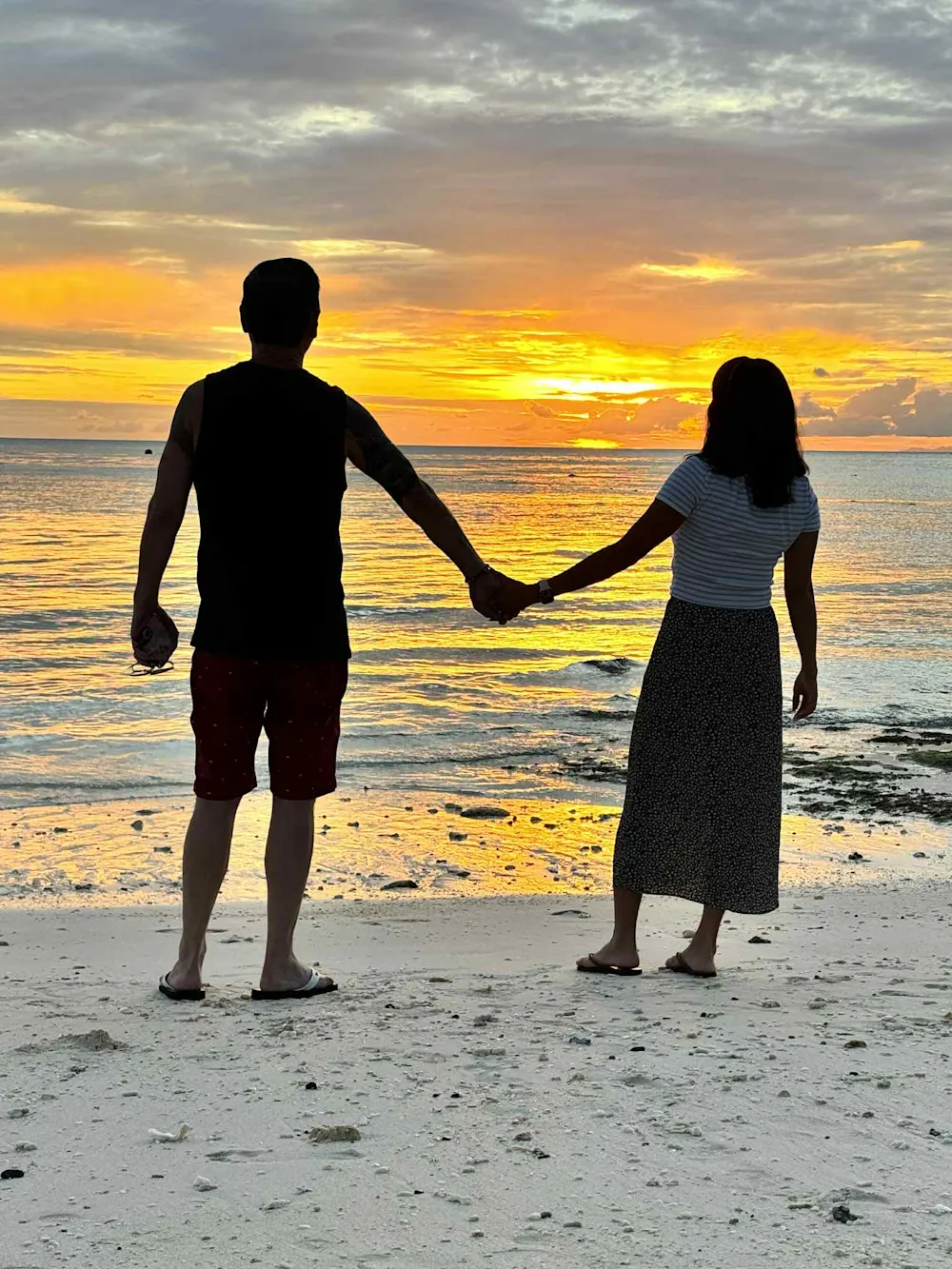“I don’t have any plans of returning to the U.S. permanently,” Brian Telfer explains over dinner in a trendy neighborhood of Manila called Bonifacio Global City (BGC), known for its green spaces, modern architecture, shopping, and dining. His adorable Filipina wife, Jesa, smiles knowingly by his side. The Philippines has captured Brian’s heart.
Brian, a native Chicagoan who’s no fan of cold weather (a kindred soul, as my stories of shoveling snow are similar), spent 18 years of his career in the U.S., based in Las Vegas, managing a recruitment firm.
“I traveled to the Philippines in 2001 for a vacation. I fell in love with the country, the amazing people, the beaches—it just goes on. I decided to move here and set up interviews until I landed an opportunity,” Brian says.
The World’s Best Retirement Havens for 2026
The World’s Best Retirement Havens for 2026
24 Countries Compared, Contrasted, Ranked, and Rated. You don’t have to be rich to enjoy a pampered retirement, you just need to know where to go. With our 35th Annual Global Retirement Index, our experts hand you a detailed roadmap. Details—and a Special Offer—Here

By submitting your email address, you will receive a free subscription to IL Postcards, The Untourist Daily and special offers from International Living and our affiliates. You can unsubscribe at any time, and we encourage you to read more about our Privacy Policy.
“My first move was in July 2011, and I stayed for three and a half years. I met Jesa during that time, and after two years of dating, we married and decided to move back to the States.” But it was clear they both missed Jesa’s homeland. “We stayed in the U.S. while I gained teaching experience and worked on my master’s degree in Early Childhood Education,” she shares.
They returned to Manila in July 2021 for good. Although the Philippines is considered a good value when it comes to cost of living, they found that condos in desirable neighborhoods had become considerably more expensive compared to when they left. For example, a one-bedroom, one-bathroom condo in a high-rise residence in BGC currently on the market is priced at $274,000 for just 409 square feet (38 square meters).

So, they purchased land in an eastern suburb of Manila and built a modern three-bedroom, two-bathroom home for the same cost, offering a pool, privacy, lots of space, and a quieter environment compared to living in the big city. However, it does mean a 45- to 60-minute commute for Jesa’s job. Everything is a trade-off. “Building was quite a process, as with anywhere. But we are so happy with the end result, and we have room to grow.” Brian married a Filipina, he was able to apply for a 13(a) Non-Quota Immigrant Visa. This visa is specifically for foreign spouses of Filipino citizens. “The visa/residency process actually went very smoothly. It took about two to three months and cost about $200,” Brian says.
Most people relocating to the Philippines aren’t necessarily looking for a spouse, but don’t let that stop you. Filipino immigration offers a variety of residency visas, including a digital nomad program and the popular Special Resident Retiree Visa (SRRV), as well as the SRRV Smile Visa investment program. To qualify for the Smile Visa, you need to be over 35 years old and invest just $20,000 in a Filipino bank account, along with passing the usual background checks and providing proof of acceptable health insurance. It’s estimated that approximately 64,000 foreign retirees currently live in the Philippines.
When Brian first arrived, he worked. But now he collects Social Security, and the couple lives comfortably on that and Jesa’s income from the British-based international school where she works. “Our monthly budget is about $2,000, but we were able to reduce that further by installing solar panels. Electricity is expensive here,” Brian admits.
Many expats choose private health insurance to ensure access to quality healthcare and services in the Philippines. You can typically purchase insurance policies directly from a provider or through a broker. The most popular international providers include Cigna Global, AXA, IMG, and Allianz.
Foreigners with legal residency status can voluntarily enroll in PhilHealth, the national public health insurance program. Membership premiums range from $100 to over $1,000 annually, depending on income. Brian explains his situation: “I fall under Jesa’s healthcare from her work. Yes, the plans are good, and we’ve had to use the hospital a couple of times. It felt like we were in the U.S.—very good care, and the medical equipment in the city seemed up to date.”

Even living in a tropical paradise comes with a few challenges. “Although English is widely spoken, it’s still the second language, so occasionally conversations get lost in translation. And be prepared for things getting done at ‘island speed,’” Brian laughs.
His advice for someone considering a move to the Philippines? “We started planning two to three years ahead of moving. Do your homework—price out everything you can think of so there are no surprises. There are a lot of good choices for expats here. It just depends on what lifestyle you’re looking for. Surfing? City life?” He adds, “The Filipinos love America and Americans. They make you feel welcome throughout the country.”
The World’s Best Retirement Havens for 2026
The World’s Best Retirement Havens for 2026
24 Countries Compared, Contrasted, Ranked, and Rated. You don’t have to be rich to enjoy a pampered retirement, you just need to know where to go. With our 35th Annual Global Retirement Index, our experts hand you a detailed roadmap. Details—and a Special Offer—Here

By submitting your email address, you will receive a free subscription to IL Postcards, The Untourist Daily and special offers from International Living and our affiliates. You can unsubscribe at any time, and we encourage you to read more about our Privacy Policy.
